My Journey to Annapurna Base Camp
categories: asia travelIntroduction to the ABC Trek
The Annapurna Base Camp (ABC) trek is one of the most popular trekking routes in Nepal, offering trekkers a chance to explore the stunning Annapurna mountain range. Located in the north-central part of Nepal, this trek provides breathtaking views of some of the highest peaks in the world, including Annapurna I, Machapuchare, and Hiunchuli. The journey takes trekkers through diverse landscapes, from lush green forests and terraced fields to alpine meadows and high-altitude terrains.
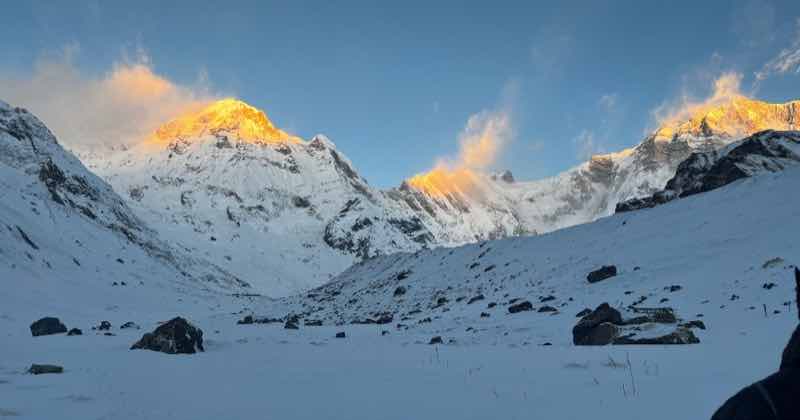
on the way to ABC from MBC
The Journey
I had an exciting adventure recently that I would like to share with you: the ABC trek. My trip began as early as 6:00 in the morning when I traveled from Kathmandu, feeling the cool breeze blowing from the morning sun. It was a calm ride, and I arrived in Pokhara at around 2 p.m. After two hours of resting, I continued my trekking exercise and pulled into Jhinu Danda at 5 p.m.
Jhinu Danda was an exciting sight; it was delightful for me to visit this place. There, I found an extraordinary hot spring that I could not believe. It was an ideal place to park after a long drive and take it easy. Specifically, the water was pleasantly warm, and as it came in contact with my skin, I felt every muscle in my body release anxiety.
The Journey to Chhomrong
I marked my start in this long and remarkable journey the following day. The first segment involves climbing, which, while difficult and tiring, was very exciting initially. Finally, I came across Chhomrong, a picturesque village, after my long and monotonous walk. The trail was challenging, especially for those not used to hiking at high altitudes, but the views offered made it worthwhile.
Exploring Sinuwa
When I embarked on the journey from Chhomrong, it was with a spirit of anticipation. The trail descends sharply to the Chhomrong Khola River, then another steep climb to Sinuwa. The track was quite uneven at times, with stone steps and narrow tracks, but the magnificent green forests around and occasional shots of the mighty mountains whet my appetite. As much as I wanted to stay much longer in Sinuwa, I had to find a place to take a short break and eat some very tasty rations.

Breakfast served during the ABC Trek
The food throughout the trek was generally associated with energy-producing sustenance. This was supplemented with Dal Bhat – lentils, rice, and vegetables – a local food in Nepal. It was filling, and this came in handy, giving one the strength required to do the whole hike.
Bamboo
After departing Sinuwa, the path passed through a pleasant forested region and later crossed Bamboo. Here, vegetation was dense; bamboo and rhododendron trees dominated most of the forest land. The sky was extensive, and the air was fresh and cool, and the only sounds to be heard were of nature.
I slept in Bamboo; it had plenty of very simple but good hotels available for those who want a break from luxury. The guesthouses were tidy and clean; the hosts seemed welcoming, and I felt like I was amongst family.
The Long Trek to Deurali
The next day, the Bamboo to Deurali trek was comparatively tiring and longer than the previous day. The route had stopovers at Dovan and the Himalayas, and the beauty of the mountains and valleys was jaw-dropping. From my trek onwards, I started noticing changes in the plants around me; trees reduced, and I started seeing shrubs and alpine plants. The air became thinner and colder like it was blowing from a refrigerator.
Just getting to Deurali made one feel like they had achieved something. The village is located at a very high altitude, and the views of the snowy encased mountains were breathtaking. I stayed there for the night, had another warm dal bhat, and conversed with other trekkers for some time. A sort of friendship prevailed among the trekkers, and it was good to know about their experiences and share some of my own.
The Final Stretch to Annapurna Base Camp
The last part of the trek was Deurali to Annapurna Base Camp (ABC), and it was the toughest as well as the most enjoyable part. The trail goes through the Machapuchare Base Camp (MBC), and having enough time, I took some time to gaze at the deep view of Fish Tail Mountain. The views and sights from MBC to ABC were very scenic and involved steep mountains.

Majestic Snowy landscape seen from Annpurna Base Camp
Annapurna Base Camp
At last, I ended up at Annapurna Base Camp. It is a rather indescribable feeling, as those who have accomplished the task would probably understand best – it was a feeling of triumph. It made me realize how I was right at the edge of the multiple ranges of the Annapurna while I was at the base camp. The views of the mountains as we continued to trek were fascinating, more than I could even explain. It was chilly, and everywhere, including the air, was so fresh, but looking at those enormous mountains touched with red light from the setting sun was out of this world.
The accommodations were very simple. During the expedition, I slept in very basic accommodation—the rooms were not very spacious, and the meals were not fancy either—they were served hot. Another tough and tiring day was again rewarding when, finally, the camp at the base was established. The journey back was also lovely, and I really enjoyed each part of the trekking.
.jpeg)
Photo clicked during resting time at Hinku cave, also known as a avalanche risk area.
People I Met during the Annapurna Base Camp Trek
I encountered various people during my journey, and they helped deposit a rich taste into my adventure. The other fellow trekkers were from all corners of the world, and every one of them had his or her schedule and purpose in doing the Annapurna trek. It made them feel that they were not alone in dealing with stressful situations, and they could discuss them together. I also got lucky to interact with many Nepali citizens during my stay there.
In the towns we visited, it was quite apparent that people were extremely hospitable and friendly. From the proprietors of the guesthouses to the porters and guides I met, all bore the responsibility of making the trek as comfortable as possible and as memorable as I possibly could. They extended their arms and umbrellas towards me with humble courtesy and a natural, friendly welcome that was genuinely heart-warming.
Cultural Interactions in Chhomrong
One day, in a village called Chhomrong, I came across a family that I joined for tea at their house. I heard tales about living in the mountains and how much they cared about the land they inhabited. It will be equally memorable to say that they only gave me warm smiles and welcomed me.
Meeting the Locals and Children
While using the trail, I met groups of children going to school or returning from school at intervals. However, they were always happy and even waved at me while zooming past the difficult terrains of rather long distances I was traveling. The enthusiasm and optimistic disposition they had despite the hardships were innate.
Impressions of the Teahouse Owners
Of everyone I’ve met or witnessed, the teahouse owners left the biggest impression. They offered food and shelter, as well as important advice and moral support. Their focus and concern for the trekkers appeared genuine in all the interactions that encompassed the task. Just in Deurali, I remembered a teahouse owner who gave me a unique herbal tea to recover from altitude sickness, which was beginning to affect me.
Building Connections with Fellow Trekkers
It also provided company since getting in contact with other trekkers is equally exciting. I could not recall their names; it is impossible to forget my fellow hikers from various countries and regions. Still, everyone had an amazing story and experience. We became friends and counterparts — laughing, struggling, and rejoicing when we made it through the journey. Practical support was also present, making difficult times more endurable and inspiring others.
Cultural Aspects of the ABC Trek
Another important aspect that contributed a lot to the Annapurna Base Camp trek was experiencing the cultural color of the place. The Annapurna region is supported by different groups of people with different ethnic backgrounds, cultures, and lifestyles. Of them, the Gurung community is rather popular.
Experiencing Gurung Culture in Chhomrong
While walking through the villages, I was fascinated by the designs of the huts made of stone and wooden carvings on doors and windows. The original population lived as generations did, in tune with the natural surroundings in the village.
More specifically, Chhomrong was very rich in providing visitors with a cultural experience. It is a beautiful tourist village mainly home to the Gurungs, the local people who are famous for their hospitality to visitors. While trekking, I was also able to gain more knowledge of their culture, which gave a different color to my experience.
Wearing Traditional Gurung Attire
That is why one of the biggest memories I have about my stay in Chhomrong was the possibility of putting on the Gurung dress and accessories. This traditional type of dress among girls and boys entails beautifully designed, handmade clothes and attractive jewelry. The villagers were gracious enough to let me borrow their attire and even explain to me how I should properly wear the clothes.
The experience was made even more memorable by the beautiful views of the surrounding mountains. In my native Gurung dress, with some traditional carpets in the background and the spectacular Himalayan mountains behind me, I took some fabulous pictures. The blend of cultural experience and natural attractions was perfect.
The traditional wear for girls consists of a brightly colored patterned blouse known as a “cholo” and a wrap-around skirt known as a “lungi” or “gunyo.” They also wear shawls and beautiful ornaments and silver, relatively handmade jewelry. Boys wear formal trousers and shirts together with a waistcoat and a unique headgear known as a topi.
Witnessing Local Festivals
During my trek, I also had the chance to witness local festivals and ceremonies. The villagers enthusiastically celebrate various festivals, showcasing their rich cultural heritage through music, dance, and food. One such festival I came across was the Tihar festival, also known as the Festival of Lights, where homes and villages were beautifully decorated with lights and flowers.
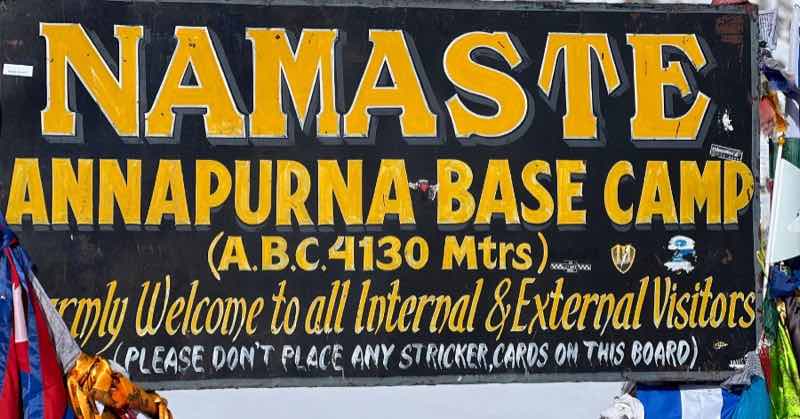
Photo clicked at the board of Annpurna base camp
Language and Communication during the Trek
Language and communication with people and fellow trekkers were significant during the ABC trek. Though Nepali is the official language in Nepal, every ethnic group residing in this area has its own dialect and language over and above this language, thereby enhancing the cultural diversity of the area even more.
Learning Nepali Phrases
In my case, even simple Nepali phrases such as “How are you?” (Namaste), and “Thank you” (Dhanyabad) were useful. Such practices assisted in breaking the ice and showed some regard for their culture.
English Fluency in Tourist Areas
Most people, especially those in the tourism sector, also had different levels of English fluency, which made communication quite proficient.
In Chhomrong and Sinuwa, especially those places commonly visited by tourists, establishments like guesthouses and freelance tour guides spoke English well. They were able to help me gain a good understanding of the local culture, history, and geographical formations of the area. Spending time with them helped me learn about the region, which is more than the scenic views.
Non-verbal Communication
Besides words, many forms of communication or sign language were practiced on the trail. Laughter, nodding, and reaching out for a hand were possible for anyone, regardless of cultural or linguistic differences. Whether the person was a fellow trekker in a teahouse or a porting assistant, these contacts were human in a way that made everyone feel equal.
Cultural Manners
During my trek, I got an opportunity to learn not only about verbal communication but also cultural manners. For example, it is appropriate to take off shoes when coming into a person’s house or a temple. Also, respecting religious places and following the local customs were significant and highly valued by the members of the society.
Language and communication were significant factors during my Annapurna Base Camp trek. Through their use, I was able to not only conduct functional communication but also develop sustainable relationships with the area’s people and anthropology. It enriched my trip and made me feel that I was able to meet and interact with unique people and cultures in a very natural way.
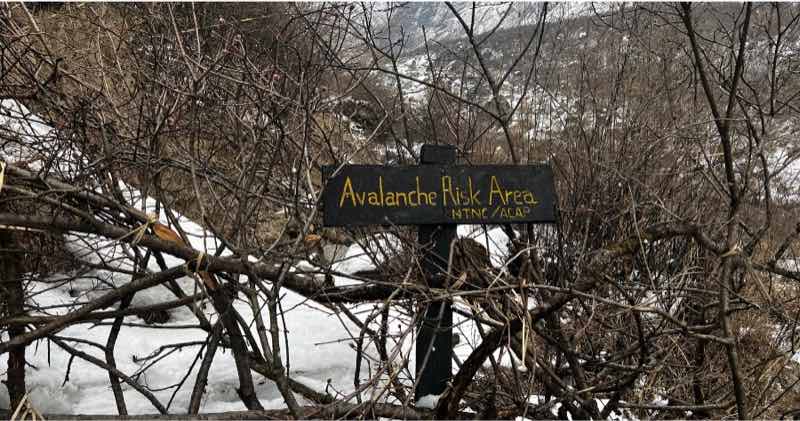
Avalanche risk area of Annapurna Base camp trek
Returning Journey from the ABC Trek
Upon returning from Annapurna Base Camp trekking, I had a magical time at Ghandruk, a beautiful Gurung village that offers a glimpse of their unique traditional lifestyle and stunning mountain views.
Exploring Ghandruk
Ghandruk is another vantage point situated close to the trekking path. It consists of typical Nepali houses, beautiful stone-paved paths, and the roofs of fields on different terraces further down the slopes. This is an excellent opportunity to get acquainted with the customs of the local people of the village of Ghandruk, who belong to the Gurung tribe.
The country’s people are welcoming and have lots of energy and love for the traditions normally showcased in their ordinary events. While I was moving through the village, there were numerous joyful people, villagers who welcomed me kindly and responded positively when I greeted them, as well as those who were performing their daily tasks. It also has very natural and attractive architectural designs of the traditional Ghandruk houses with carved wooden doors and stone windows.
Visiting the Cultural Museum
There are many houses with slate roofs; flowers of assorted colors grow in well-maintained gardens around each house and extend all the way up to the Annapurna and the famous Machhapuchhre mountains. Personal observation: While I was in Ghandruk, I was lucky to learn directly about the social customs and traditions of Gurungs. I went to a cultural museum that displayed items like tools, clothing, pictures, and other items that provided a glimpse of the Gurung community.
Learning about Gurung Life
They introduced me to their farming techniques, arts and crafts, and their traditional worshipping activities which made me gain more appreciation of the cultural heritage of the people of the museum. Although I have listed numerous activities, the ultimate experience for me during the tour at Ghandruk was meeting people in their authentic costumes of the Gurung tribe.

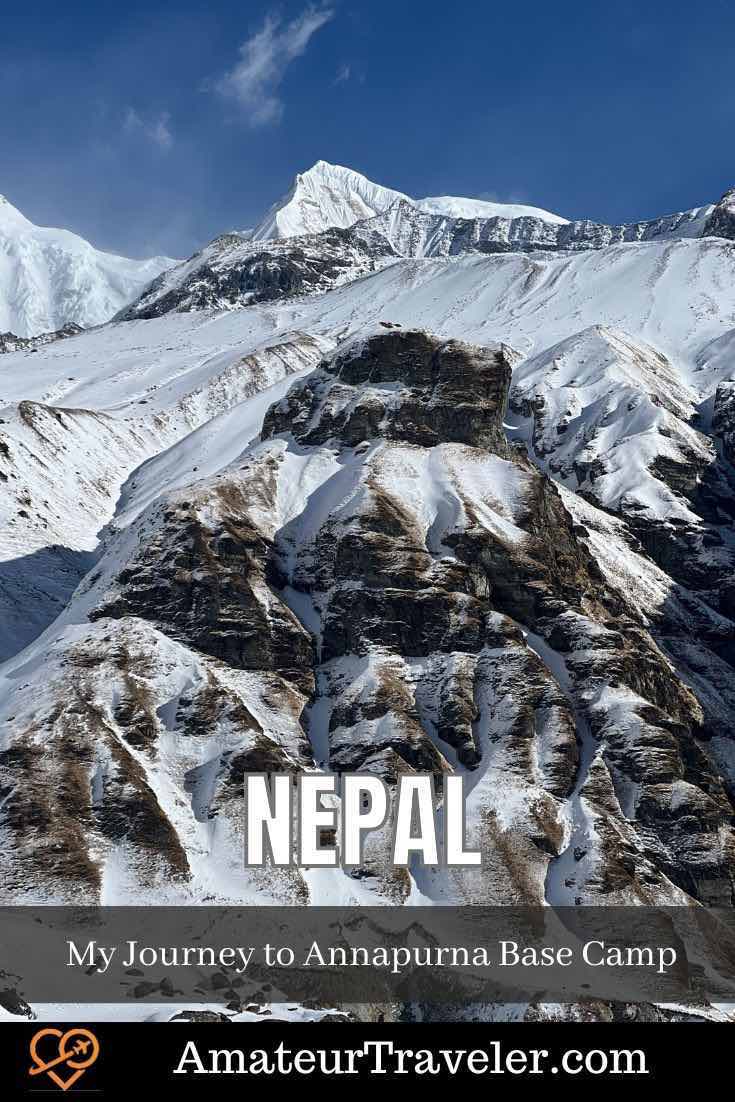
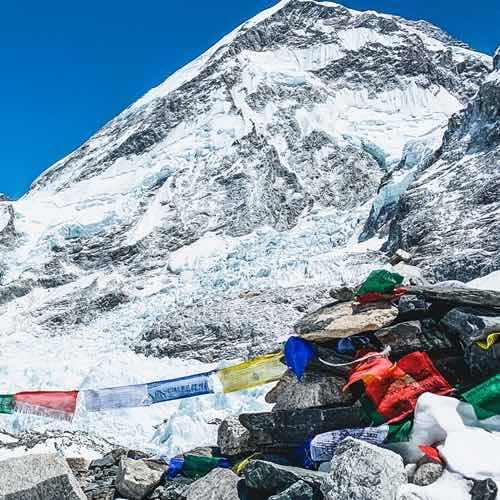 Everest Base Camp Trek: A Journey to the Roof of the World in Nepal
Everest Base Camp Trek: A Journey to the Roof of the World in Nepal Helicopter Tour to Everest Base Camp: A Visual Guide
Helicopter Tour to Everest Base Camp: A Visual Guide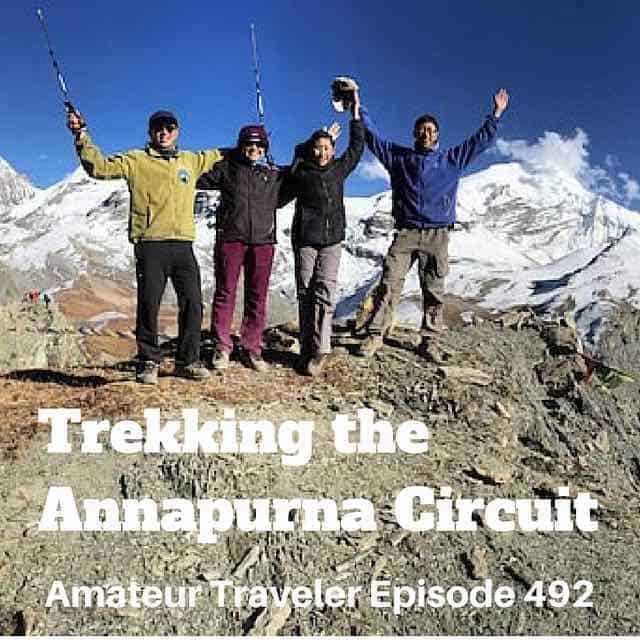 Trekking the Annapurna Circuit in Nepal – Episode 492
Trekking the Annapurna Circuit in Nepal – Episode 492 Best Trekking Places in Nepal: My Personal Experience with Additional Trekking Tips
Best Trekking Places in Nepal: My Personal Experience with Additional Trekking Tips
